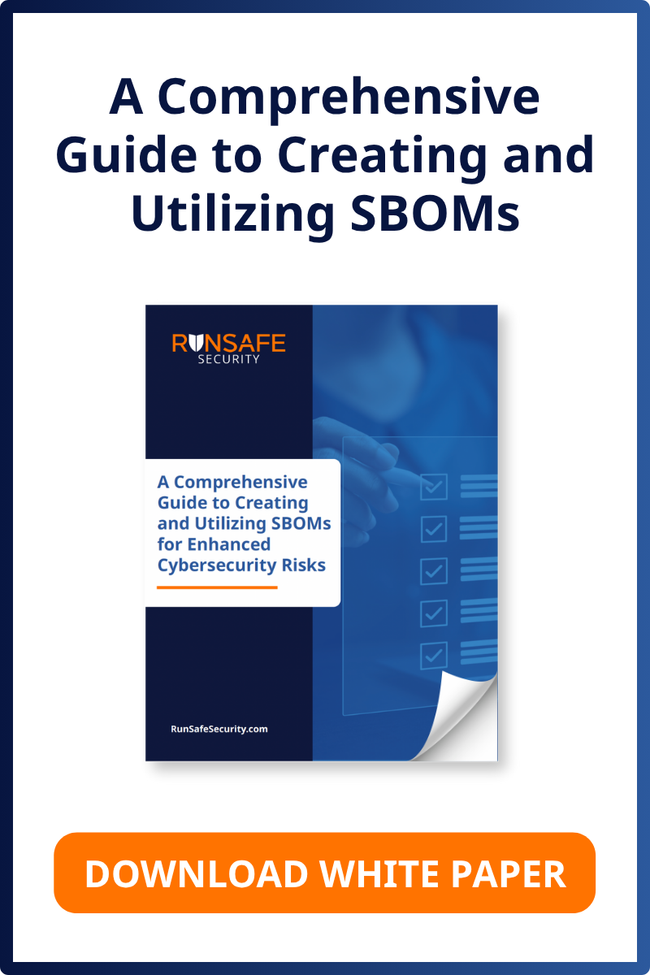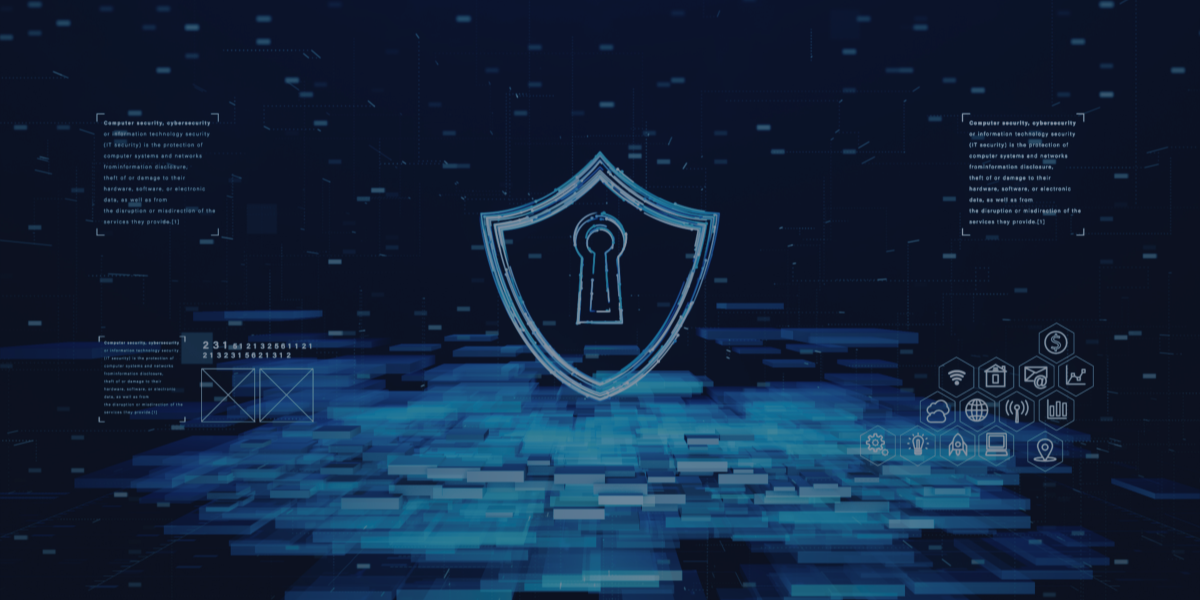Table of Contents:
An Overview of Third-Party Software Risks
RunSafe’s Mitigation Approach to Third-Party Software Security
The Importance of Third-Party Risk Management in Software Supply Chain Security
Understanding and Addressing Third-Party Software Risks
In today’s fast-paced digital landscape, the reliance on third-party software has become an integral part of modern software development. Organizations across industries integrate a myriad of external libraries, frameworks, and tools to expedite their software development cycles and enhance functionality. However, this growing dependence on third-party components introduces significant security challenges. As software supply chains become more intricate, the potential for vulnerabilities within these third-party elements increases, making it imperative for organizations to adopt robust security measures.
At RunSafe, we recognize the critical need to secure the software supply chain against emerging threats. Our innovative approach focuses on mitigating risks associated with third-party software without compromising performance or necessitating extensive code modifications. By embedding security features during the build process, we address memory-based vulnerabilities and other potential threats at their source, ensuring that the software remains resilient and secure throughout its lifecycle.
In this blog post, we’ll examine the complexities of third-party risk management, highlighting the associated risks and exploring effective strategies for enhancing supply chain security. As organizations navigate this evolving landscape, it becomes clear that proactive measures and cutting-edge solutions are essential for safeguarding digital ecosystems against the ever-present threat of cyberattacks.
An Overview of Third-Party Software Risks
Third-party software components are indispensable for accelerating development cycles and enriching software functionality. However, they also introduce significant vulnerabilities that can be exploited by malicious actors. As software systems increasingly rely on these components, the attack surface expands, posing challenges for maintaining security.
One of the primary vulnerabilities associated with third-party components is the lack of visibility and control over their security posture. Organizations often integrate these components without thoroughly vetting their origins, development practices, or update schedules. This can lead to the inclusion of outdated or insecure code, which may contain known vulnerabilities that can be easily exploited.
Moreover, third-party components can be a conduit for indirect attacks. Malicious actors can infiltrate less secure third-party systems to insert backdoors or malware, which then propagate into the primary system. This was notably demonstrated in the SolarWinds attack, where attackers compromised a widely-used third-party platform to gain unauthorized access to numerous high-profile targets.
Open-source software (OSS) poses additional risks despite its widespread use and collaborative benefits. The decentralized nature of OSS development can result in inconsistent security practices and delayed vulnerability management. Without rigorous scrutiny and timely updates, organizations risk integrating compromised OSS components that can jeopardize overall system integrity.
RunSafe’s Mitigation Approach to Third-Party Software Security
RunSafe addresses these risks beginning with a thorough vetting process during the build phase. By integrating seamlessly with existing build tools, such as Yocto and Buildroot Linux, RunSafe inspects and secures both proprietary and open-source software components. This integration allows our technology to apply its proprietary immunization techniques, which safeguard against memory-based vulnerabilities without altering source code or impacting performance.
By focusing on build-time integration, we ensure that all software components, including those sourced from third parties, are scrutinized for potential security risks. This proactive measure helps to identify and mitigate vulnerabilities before they can be exploited in a live environment.
RunSafe’s solution extends beyond initial vetting, offering continuous monitoring of third-party components throughout the software lifecycle. This ongoing vigilance is crucial, given the dynamic nature of software vulnerabilities and the evolving tactics of cyber threats. RunSafe plans to enhance third-party risk management by integrating risk indicators directly into the build process, allowing organizations to assess the security posture of third-party software in real-time.
Additionally, RunSafe’s capability to generate Software Bill of Materials (SBOMs) at build time provides organizations with a comprehensive inventory of all software components. Unlike traditional methods that rely on heuristic analysis of software binaries, RunSafe’s approach offers a detailed and accurate representation of the software composition, including second-order dependencies. This transparency is vital for identifying and addressing vulnerabilities promptly.
RunSafe’s robust approach to securing third-party software also supports regulatory compliance and industry standards. By ensuring that all components meet stringent security criteria and providing detailed SBOMs, RunSafe helps organizations demonstrate their commitment to maintaining robust software supply chain security. This not only mitigates risk but also enhances trust and accountability with customers and stakeholders.
The Importance of Third-Party Risk Management in Software Supply Chain Security
Risk management is essential in securing the software supply chain, a complex ecosystem that spans from development to deployment. As software development increasingly relies on diverse third-party components and open-source libraries, each integration point becomes a potential vulnerability. Effective risk management involves proactively identifying, assessing, and mitigating these risks to protect the integrity, confidentiality, and availability of software systems.
The consequences of supply chain breaches are profound, affecting everything from critical infrastructure to consumer trust. High-profile attacks, such as the SolarWinds breach and the Log4j vulnerability, underscore the urgency of securing every link in the software supply chain. These incidents demonstrate how vulnerabilities can be exploited to compromise sensitive data and disrupt operations on a massive scale.
RunSafe provides a robust solution to address the growing threats within the software supply chain. By embedding protective measures during the build process, RunSafe mitigates memory-based vulnerabilities without requiring significant code changes or impacting performance. This approach not only secures the software but also maintains operational efficiency, offering a practical alternative to traditional security measures.
In our current interconnected digital landscape, organizations must prioritize risk management to fortify their software supply chains. By leveraging comprehensive risk assessment frameworks and proactive mitigation strategies, companies can safeguard their operations, comply with regulatory requirements, and ensure the resilience of critical infrastructure.





